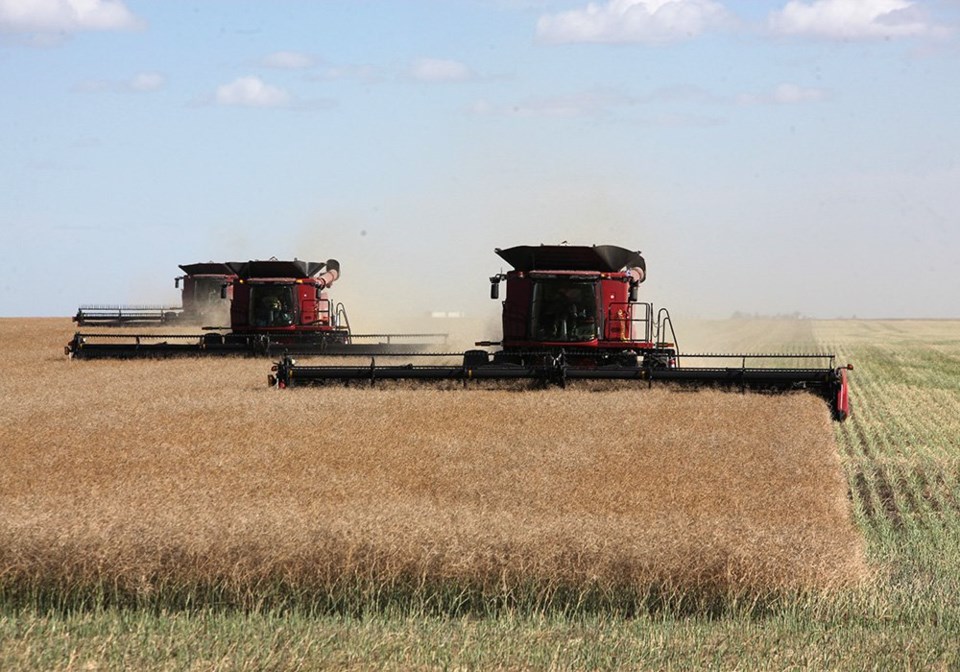WESTERN PRODUCER — Near-future farmers might have to finance farm equipment as if they want to keep it forever.
With fewer mid-sized farmers looking to buy used from larger operators, there might soon be no market for gently used farm equipment.
Considering that resale values are key to how much farmers can invest in innovative technologies, that could be a problem.
“I don’t know who’s stepping up to buy some of this used equipment,” said Al Mussell of Agri Food Economic Systems, an economic analysis firm.
“Some of this stuff, there’s no way it’s going to sell three or four times.”
It’s part of a problem Mussell and Douglas Hedley focused on in recent research. They found a big gap developing between the biggest and the smallest farms, with the traditional bulge of medium-sized farms between the two disappearing over recent decades.
Mussell sees danger for farmers’ political and local influence if there become so few significant farmers that they don’t form a noticeable part of the local community or Canadian society.
But it’s also a challenge for the regular economics of farm technological innovation. Farmers who help advance agriculture by embracing the newest technologies often count upon selling those technologies when they’re a few years old. That helps fund their next investments. If there’s nobody to buy the used gear, new investments might not be possible.
“Clearly there’s a hole in the theory of asset fixity,” said Mussell. “It seems to implicitly assume that you’re always going to have large numbers of farmers out there who have a diversity of views for using equipment, so you’re always going to be able to roll over equipment.”
Why are there fewer few mid-sized operations? Mussell thinks a dynamic might have developed in which the biggest farms need to keep expanding in order to have the economies of scale that can best use the newest technologies, while farmers not quite that size have trouble justifying the investment and choose to operate more conservatively.
However, once those more conservative farmers fall down the technological curve, they can find it nearly impossible to catch back up.
“What’s the way forward?” said Mussell.
“There’s probably a lot of people finding themselves in that position.”
The biggest farmers aren’t necessarily expanding aggressively because they’re brimming with confidence, but because their reading of the economics tells them they have no choice, he said.
The next generation of farmers might not see much opportunity in easing into agriculture the way past generations have been able to do.
“It doesn’t present a sustainable proposition that young people would flock to,” said Mussell.
For the biggest farmers, the present structure has them investing gigantic amounts of capital for meagre returns that wouldn’t seem reasonable in other industries.
“We’re not just a little bit overcapitalized, we’re way overcapitalized,” said Mussell.
Solving this economic conundrum could be key to keeping farmers relevant beyond agriculture and more than a tiny handful within the farming system.

